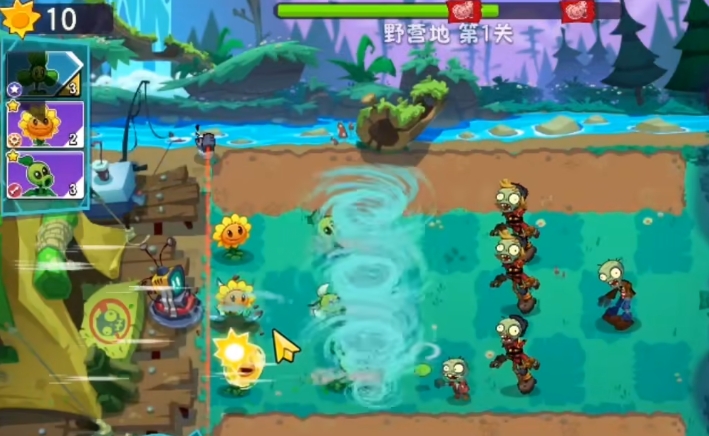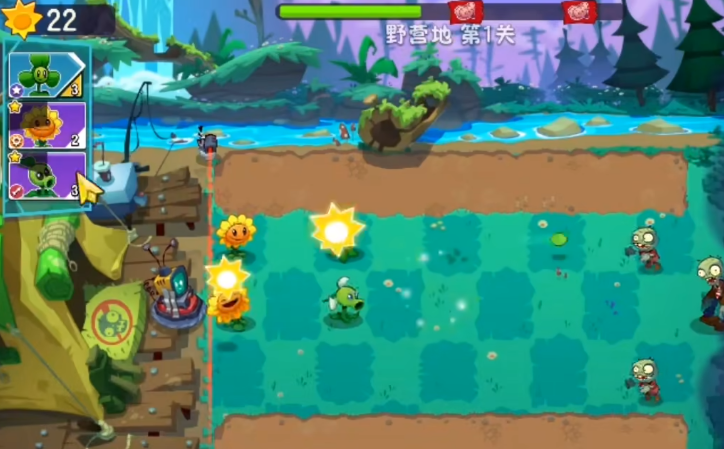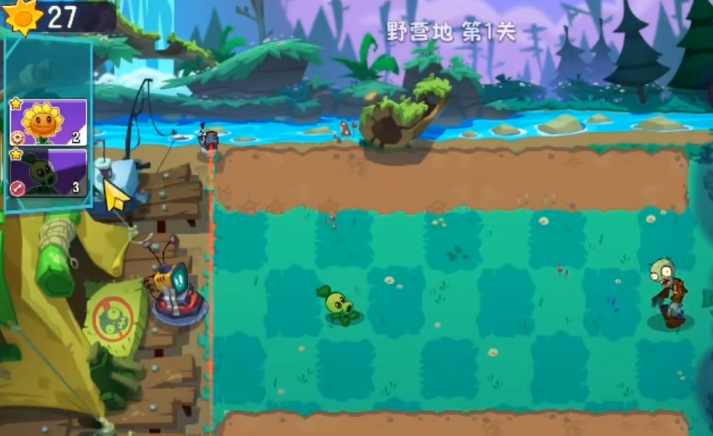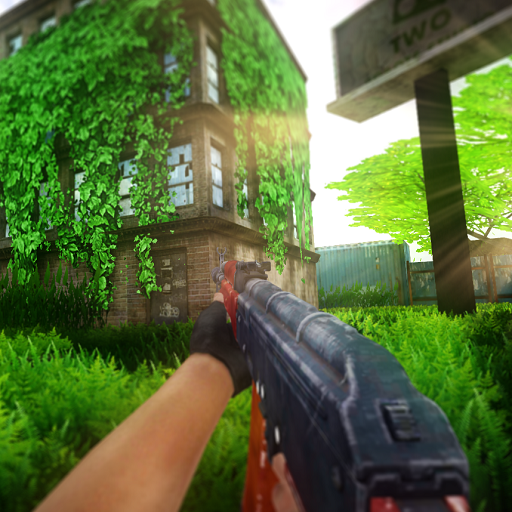Today, I'm bringing you a guide to Plants vs. Zombies 3, Plants vs. Zombies 3 creates a more strategically deep gaming experience through dynamic map mechanics, a rich plant system, and diverse level designs. From the ever-changing battlefield to the functionally diverse plants, to the distinct world maps, every design element presents new challenges for players' defensive layouts. Understanding these gameplay features and response techniques is key to advancing through levels and enjoying the fun of strategic offense and defense. Let's take a closer look together.

The dynamic map mechanism is at the core of the game's innovation, breaking away from the limitations of traditional fixed lawns. Various environmental changes continuously impact the battlefield situation. The random falling of floating islands can instantly destroy already deployed plant defenses, requiring players to avoid potential fall zones when laying out their defenses, while also keeping emergency plants on hand for quick replanting. Sea tides change water levels over time, potentially submerging and disabling plants in low-lying areas. Players need to use lotus leaves or other aquatic plants to expand planting space, or choose defensive plants like seaweed that can work underwater. When sandstorms come, reduced visibility interferes with plants' attack targeting; at such times, area attack plants or those with auto-aim capabilities are more effective. These dynamic elements require players to maintain real-time observation during combat.

The richness of the plant system offers a broad range of tactical combinations. Basic plants and new varieties form a multifunctional system. Sunflowers, as core resource plants, directly determine the speed of building defenses with their sunlight production efficiency, requiring reasonable planning of the number and placement based on the level's pace. Attack plants have their specific uses: Peashooters and similar single-target continuous output plants are suitable for dealing with scattered individual zombies, while Cabbage-pults and other area attack plants are more effective against dense zombie groups. Special function plants further expand tactical dimensions. Laser Beans' penetrating beams can break through multiple targets' defenses, Chilly Peppers' area freeze can interrupt zombie attack rhythms, and the Socially Awkward Shroom's increased attack power in isolated environments is suitable for narrow-level layouts.

The details of the plants and zombies are more vivid and lively. For example, the bulging cheeks of Peashooters when attacking, or the pouting expression of Wall-nuts when damaged, make the characters more expressive. Interactive elements in the scenes also become part of the strategy. In beach maps, coconuts can be triggered to hit passing zombies, and in desert levels, cacti can cause chain explosions after being ignited to clear an area. In the rainforest, Venus Flytraps can swallow small obstacles to create planting space. Players can effectively use these environmental interaction points to enhance defensive effects and provide additional support for building defenses under limited resources.

This concludes the guide to Plants vs. Zombies 3, as players adapt to environmental changes, combine plant lineups, and utilize scene elements, they continually optimize their defensive strategies. This not only brings a sense of accomplishment in protecting their home but also provides ongoing enjoyment in exploring the diverse worlds.


















